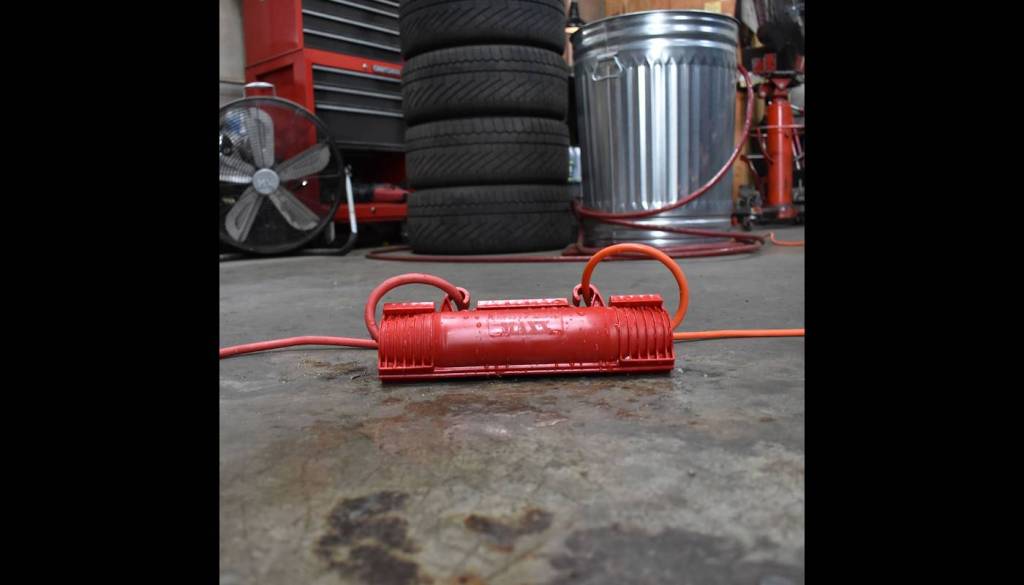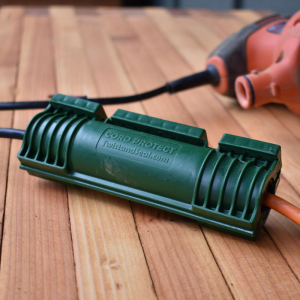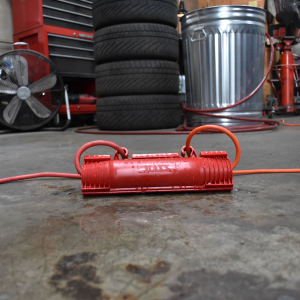The Different Guises of Power “Protection”
Article By : Bill Schweber

Often, it’s those obvious problems that offer the opportunity for basic solutions, but the factors which are hard to foresee are how much work is involved and the obstacles to bringing that product to market.
Protection of power sources is an inherently important topic in system design, especially with “offline” AC-based primary side which is capable of delivering large amounts of power and at lethal voltages. For example, the core function as well as the outputs of AC/DC supplies typically have short-circuit protection, undervoltage lockout (UVLO), overvoltage protection (OVP), thermal protection, possibly reverse-connection protection, and thermal-overload protection. Implementing these guards requires various circuit techniques and discrete components including (but not linked to) varistors, fuses, circuit breakers, temperature sensors, and more.
Yet it’s also the primary side of a power source that has the potential problems — and obvious ones at that. Just about everyone has used one or more AC extension cords to extend a receptacle’s location with respect to the outlet or provided power cord. (Yes, lots of things are now going to battery power — but not everything — and even those battery chargers need an AC line.) It doesn’t take much to have the two cords pull apart during use. If they separate fully, you lose power; if they do so only partially, you have an exposed contact that may be live. Even if the two cords stay tightly linked, their mating may be exposed to water if they are used outside; again, not a good situation.
The solution to avoiding the basic “pull-apart” problem is easy but often ignored: just knot the two cords (which wastes cord length) or use a simple heavy-duty elastic cord or large “clip” that is widely sold for this purpose. The water ingress problem is more difficult: people use plastic bags and tape to rig all sorts of improvised solutions with a wide range of effectiveness.
Considering how commonplace the extension cord problem is, there are many solutions on the market, but apparently not enough. I recently saw an article about the man who came up with an idea for a protective case that snaps around the junction of two cords to provide both strain-relief and environmental protection. No technology breakthrough was needed for his Twist and Seal line of cord protectors — which come in different sizes and styles for different cords and settings and are covered by Design Patent D847,098 S.
What I found simultaneously understandable and yet bewildering in the article “How I Thought of It: An Entrepreneur Wanted to Keep Holiday Lights From Going Out” in The Wall Street Journal was the brief discussion of the development cycle of inventor and entrepreneur Bryan Nooner (sorry, the article may be behind a paywall, but the Twist and Seal site has links to many other articles that have some of the same details).

The Twist and Seal products address standard consumer extension cords…
In it, he says, “Thousands of man-hours were spent in 2011 drawing, carving, designing, modeling and testing various sizes, shapes and materials.” My question is: What design issues consumed so much time?
My first thought that was that maybe Nooner was one of those “tinkerers” who loves the process, but for whom things are never right enough for them to say “done.” If you have ever had such as engineer on your project team, you know how both useful and frustrating they can be. Apparently, though, he was not in that infinite do-while development loop: he had prototypes by 2011 and showed the product at a small booth during the National Hardware Show in May 2012 (where his Twist and Seal won Most Innovative Product of the Year). The rest of the story is history, as the cliché goes, and his product and its various variations are available at major retailers and home-improvement centers.
Still, I’d like to know more about what design issues he faced that demanded so many iterations. Were they needed for compatibility with many cord and plug sizes? For true watertight performance? To meet regulatory standards? And how does a non-tech person, or even an engineer, figure those things out? Were there issues with mold efficiency or details such as too-thin surfaces or undercuts?

…and heavier-duty industrial situations. (Source: Twist and Seal)
I applaud this simple-looking, easy-to-use solution to a widespread and clearly defined problem — especially as the product is easy to use, does one thing, apparently does it well, and that’s all. In our world of products with embedded firmware, lengthy operating instructions, those annoying (and dreaded) in-the-field updates, and too much multifunctionality, it’s nice to see a product which shows that some problems to solve are modest and right in front of us.
Have you ever devised a simple solution to a widespread problem and wondered why it hasn’t been done before? Have you ever considered taking your solution further, only to be stymied by the many real-world issues associated with bringing it to market?